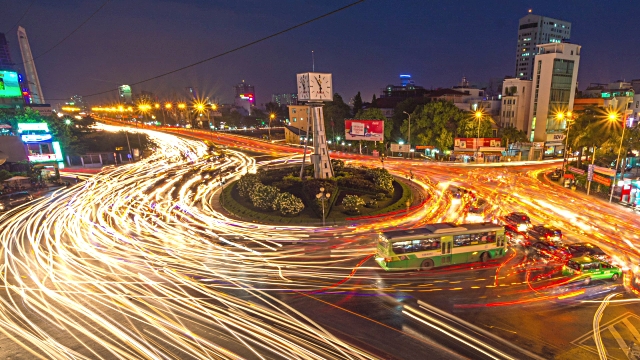I’m really excited about a fundamental idea. One so basic I never thought about it before.
It’s quite a radical concept, and I’d love some feedback.
The idea is that humans are bodies in motion. It’s a fundamental, universal observation: humans are busy.

It’s extraordinary what can be derived from this one simple idea.
First, human motion must always follow a path through the real, physical world, as we travel, shop, move about the house, work, farm, socialise.
Secondly, our paths have destinations that promise satisfaction. Every journey is aimed at a place where we believe a desire or need or frustration can be satisfied.
Thirdly, we choose our destinations conservatively. With high levels of motivation and/or high self-efficacy we are up for adventurous destinations. But when our motivation and/or self-efficacy are low, we stick in the easy, low risk, familiar destinations (a.k.a. the rut of habit).
Fourthly, the actual path followed depends on the environment or landscape. The landscapes we move through have numerous pushes and pulls. Difficult paths inhibit motion.
‘A push or pull’ involves a potential fork in the path where each fork has different degrees of familiarity, certainty, self-esteem, and cost. Naturally, people tend to make whatever choice is most familiar, most certain, least costly, and adds most to self-esteem.
Fifthly, a change project only sometimes involves changing people’s destinations, but it ALWAYS means changing their paths to get there.
A shopping trip is a good example. We start off just aiming to satisfy imagined hunger but the supermarket is a landscape full of pushes and pulls that influence the food-acquiring path we follow and the products we end up taking home. Also, there is a degree of serendipity exposing us to new products along the way, creating the possibility of spontaneous path variation. Then, what if a fruit and vege store pops up just next to the supermarket? Now a major path variation is likely, and a different set of take-home products.
It’s what’s on the path, not the destination, that determines the environmental, social and health costs. How could we change what’s on a path? For example: here’s a neat piece of research (from New Scientist 10 Jan 2015): did you know that women who keep cereal packets visible in the kitchen weigh on average 9.5 kilos more than the who don’t? And those who leave fruit out weigh 3kg less. There’s a simple path twerk that makes a difference to the outcomes. Once you start thinking like this it opens up a world of behavioural interventions that don’t involve changing people’s destinations.
This model gives us a simple theory of change. A successful change project must:
– design new paths and make sure those paths is as effortless as possible (familiar, certain, adding to self-esteem, low cost);
– and this is the important part, aim to MODIFY what’s along the path, so that travelling along that path results in better environmental, social or health outcomes;
As well as, obviously, these things:
– use human stories to increase motivation (motivation is often blunted by remoteness in time and space of consequences. If that’s the case, logic doesn’t work: instead focus on the impact on people close to us, on fairness, on social proof, on passion, and urgency); and
– increase people’s self-efficacy or confidence to perform the necessary journey (so they can see exactly what they’ll need to do to succeed).
I like the idea of bodies in motion along paths because it pulls us down from the fluffy clouds of abstraction into the hard-edged, time-and-motion, physical world that people really inhabit. And we can more readily design prototypes and perform real world experiments.
From now on, the ‘thinking’ part of the Changeology training will have three lenses:
– Bodies in Motion (‘path theory’)
– We hardly ever change alone (Diffusion of Innovations)
– The risk perspective (denial, resistance, and how to avoid them)

This is a lovely piece. Thank you, Les. Your concluding ‘three lenses’ echo my own, albeit in a slightly different order:
1. Rapport (We hardly ever change alone (Diffusion of Innovations))
2. Risk (The risk perspective (denial, resistance, and how to avoid them)
3. Reward (Bodies in Motion (‘path theory’)),
It works for intentional / conscious behaviour I think.